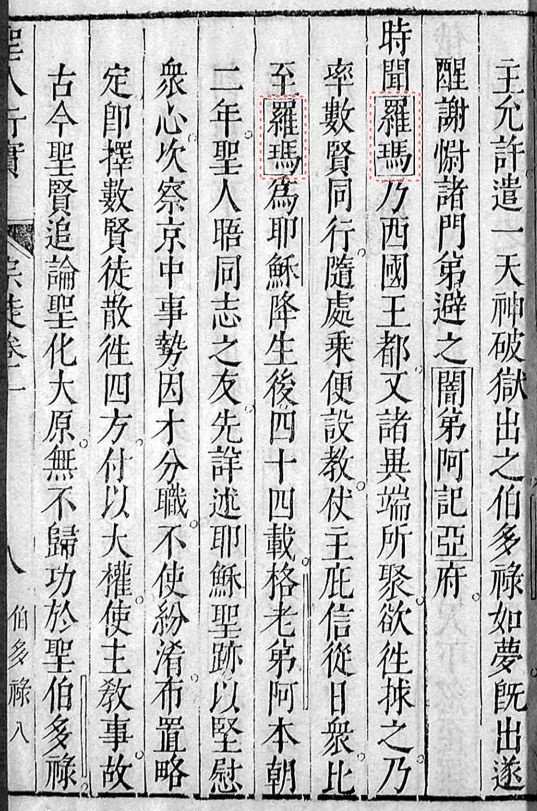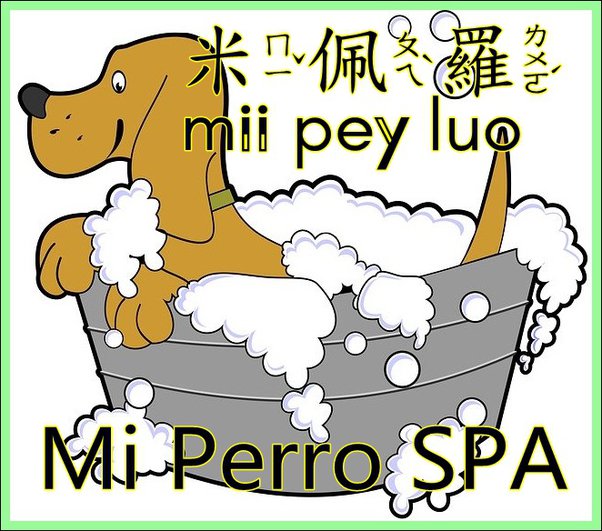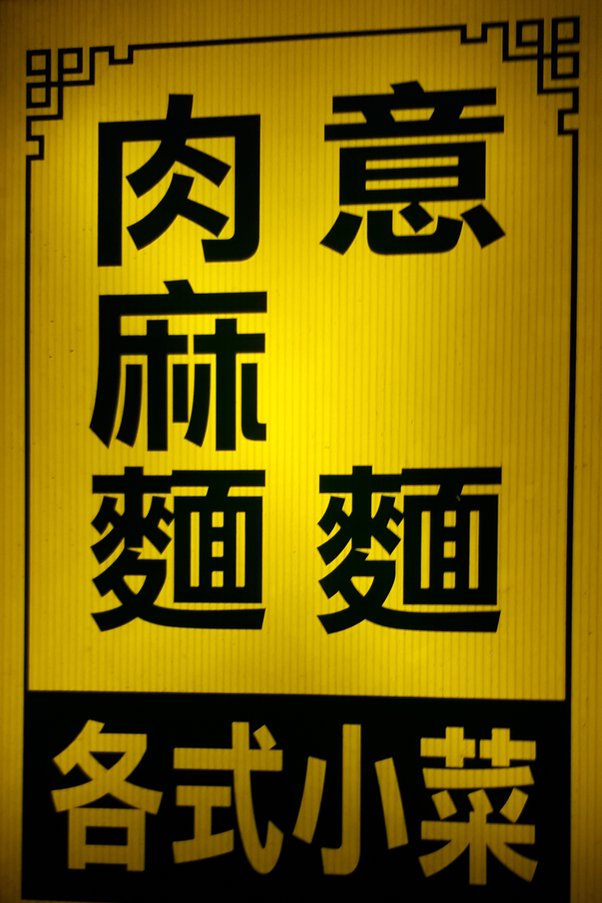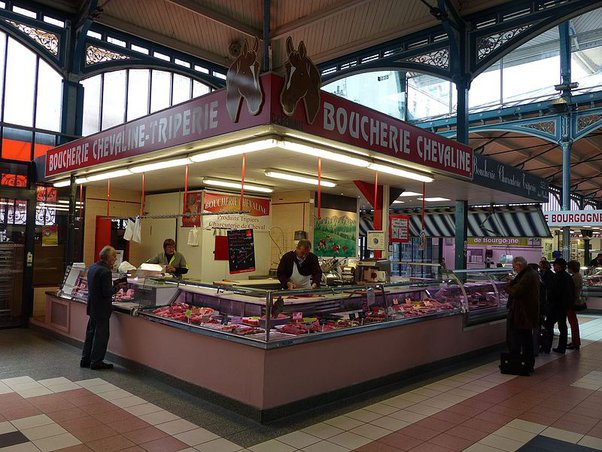
History* provides three reasons. Jesuit priests were the first to introduce the history of Rome and the Roman Catholic church to China, so the word 羅馬 (written 羅瑪) was probably introduced by Matteo Ricci and his Jesuit colleagues: Matteo Ricci – Wikipedia
(1) Latin/Italian Pronunciation: Standard Mandarin’s r- and -ou sound quite different from the Italian or Latin forms of r- or -o (to put it another way, the Jesuits did not pronounce “Roma” in standard American English 😉
(2) Dialectal Pronunciation of 肉: The very learned Jesuit scholars were definitely aware of the existence of various dialects, and thus they would have recognized that because 肉 was an entering tone character (ends in -k or a glottal stop), it was phonetically incompatible with ro-
..(2A) Min dialects: Xiamen /baʔ/, Fuzhou /nyʔ/
..(2B) Cantonese: /jʊk/
..(2C) Wu dialects: Suzhou /ȵioʔ/, Wenzhou /ȵiəu/.
..(2D) Mandarin Dialects: Even Mandarin shows wide dialectal variation: Yangzhou /lɤɯ/, Chengdu /zəu/ and Wuhan /nou/.
Even if we set aside factors #1 and #2, #3 speaks most loudly against the possibility of using the English mispronunciation of 肉:
(3) Stylistic Considerations: It seems highly, highly unlikely that the Jesuits even considered using an ugly word such as 肉馬 “a horse suitable for consumption as meat” to describe the majesty of Rome, location of the Holy See.
天主聖教聖人行實 (1629, almost 400 years ago) On page 18 of 450, one can clearly see two small boxes containing the word 羅瑪, a slightly different way to write the modern 羅馬:

Amusing Spanish example

Mi Perro is the name of a dog spa on Zhongshan North Road in Taipei. Mi Perro is Spanish for “my dog”; the double -rr- is an alveolar trill rendered by 羅 in Chinese (米佩羅 mǐ pèi luó / Mii PEy LUO is a meaningless combination used purely to render the sound of the Spanish).
A spa? For dogs? In Taiwan? Yes, it’s quite real. Some people with disposable income treat their dogs very, very well. If you walk around the residential districts of Taipei, you will occasionally come across a middle-aged woman (probably suffering from Empty Nest Syndrome) pushing a stroller with … a dog inside.
A noodle Restaurant

Parenthetical Information
There are specific Chinese terms for farm animals raised for particular purposes:
肉牛 beef cattle VS 乳牛 dairy cattle
肉雞 broiler chickens VS 蛋雞 layer hens
Based on this naming practice, 肉馬 could be translated as “meat horses”, unlikely in a Chinese farming context, but not impossible.
Although it might upset some delicate souls, Boucheries chevalines /buʃʁi ʃəvalin/ “horse butcher shops” used to be common in France (they also exist in Germany and Belgium). However, they are slowly disappearing.

[A horse butcher in a covered market in Dijon (famous for mustard)]
*Robert Maxwell gave a very thorough explanation
Image Credits
(1) Jesuit Book: The image at the top of this post is from 天主聖教聖人行實, 宗徒卷一 “Biographies of Saints”, written by P. Alfonso Vagnone, published in 1629 (from Archivum Romanum Societatis Iesu, the Jesuit Archives: Chinese Books digitalized T’ien-chu sheng-chiao sheng-jen hsing-shih (Tiānzhǔ shèngjiào shèngrén xíngshí / TIANjuu SHENqJIAw SHENqREN SHyNGSHYr).
(2) Dog SPA: dog-990304, PD image by Merio via Pixabay
(3) Horse Butcher: Dijon_Covered_Market_(18), CC–BY-SA Elekes Andor